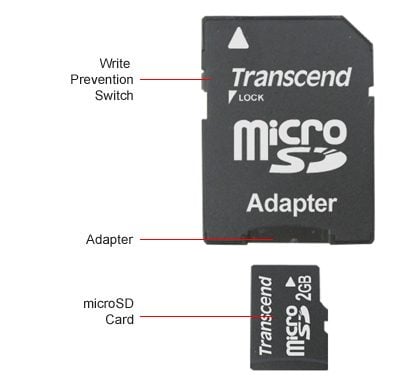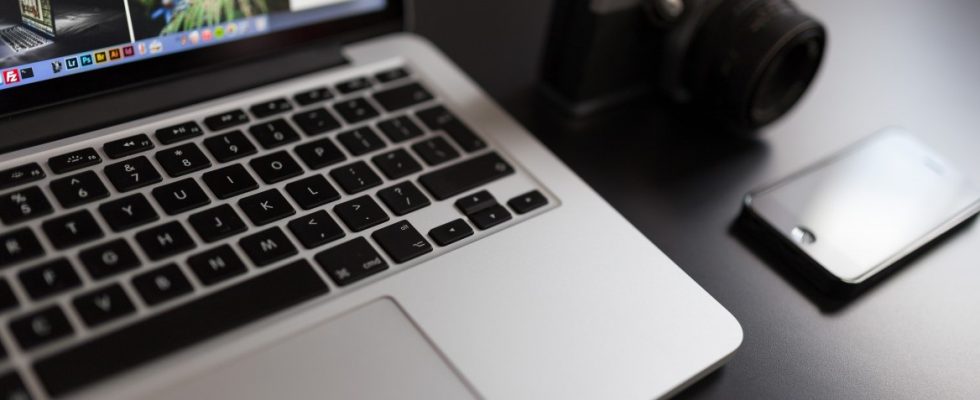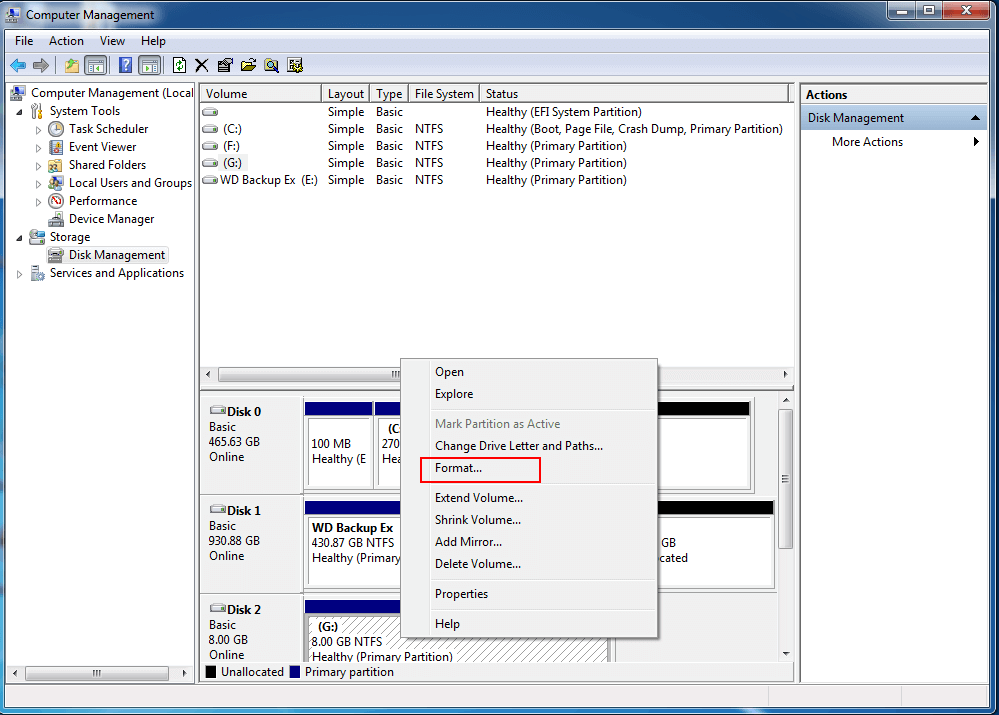

The follow-up album, “The Streetsweeper, Vol. 4 on Billboard’s Top R&B/Hip-Hop Albums chart, Vibe reported. He signed a record deal with Columbia Records, releasing his first album “The Streetsweeper, Vol. He started using the monkier “Kay Slay” in the late 1990s when producing mixtapes. Grayson was known as “Drama King” and died on Sunday, Vibe reported.ĭJ Kay Slay got his start as a graffiti artist under the tag “Dez.” His rise to fame was documented in the 1983 documentary “Style Wars,” Hot 97 reported. The radio station said DJ Kay Slay was “a vital part of what made HOT 97 the successful station it is today.” We ask that you respect our privacy as we grieve this tragic loss.” In memory of DJ Kay Slay, our family wishes to thank all of his friends, fans, and supporters for their prayers and well wishes during this difficult time. A dominant figure in Hip Hop culture with millions of fans worldwide, DJ Kay Slay will be remembered for his passion and excellence with a legacy that will transcend generations. “Our hearts are broken by the passing of Keith Grayson, professionally known as DJ Kay Slay. The Grayson family released a statement to Hot 97, saying: DJ Kay Slay had a show “The Drama Hour” on Hot 97 for more than two decades, WPIX reported. if you don't want to erase this SD card.His family and radio station Hot 97 confirmed his death.
#Format transcend sd card for mac for mac#
To write to your SD card on Mac in this situation, you can either format it with FAT32 or exFAT, or you can find some NTFS driver for Mac like Paragon NTFS for Mac, iBoysoft NTFS for Mac, Mounty for NTFS, etc. If it is formatted with NTFS, then bingo! that is the culprit. So that may be the reason why the "Erase" and "Partition" tabs of Disk Utility are grayed out for your SD card.Īnd to check this simply check the format of this disk in Disk Utility! That's to say, you can't perform any input operation to this disk, including re-partition. As the article Partition external drive greyed out in Disk Utility I've seen, it says NTFS file system is read-only on Mac computers.

Since this issue involves MBP and read-only, the first idea I got is that: is this SD card formatted with the NTFS file system? As we all know that NTFS formatted drive is read-only for macOS. It's possible/probable that the technique in answer (pulling the whole card out slightly) also works because it happens to move the SD card's "switch" in the same direction as sliding the switch only from unlock to half-way in-between. Leaving the switch in the middle, therefore, fools the card reader into believing that it’s at the top. Then, I was able to write files, and delete files as normal.Īs to why this works, it’s probable that the little lever inside the MacBook Pro’s SD Card slot, which detects the position of the write protect switch, slowly degrades over time, either through continual use or a buildup of dust or fluff inside the card slot.

It may take a little bit of trial-and-error to get the right position, but in my case it was right around the middle, perhaps a little nearer to the top. When you next plug the card into your MacBook Pro, you should find that you’re able to write files to, and delete files from, the card as normal. Rather that pushing the write-protect switch all the way to the top, leave it somewhere in the middle. The solution is, fortunately, very simple. From 's 2016 article Read-only SD cards on MacBook Pro? Here’s the solution.

Slide the read/write lock to the middle neutral position and retry.


 0 kommentar(er)
0 kommentar(er)
